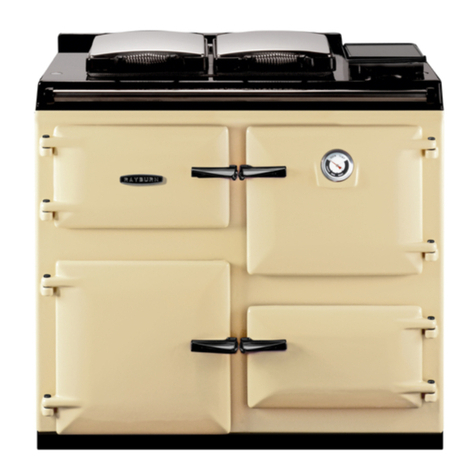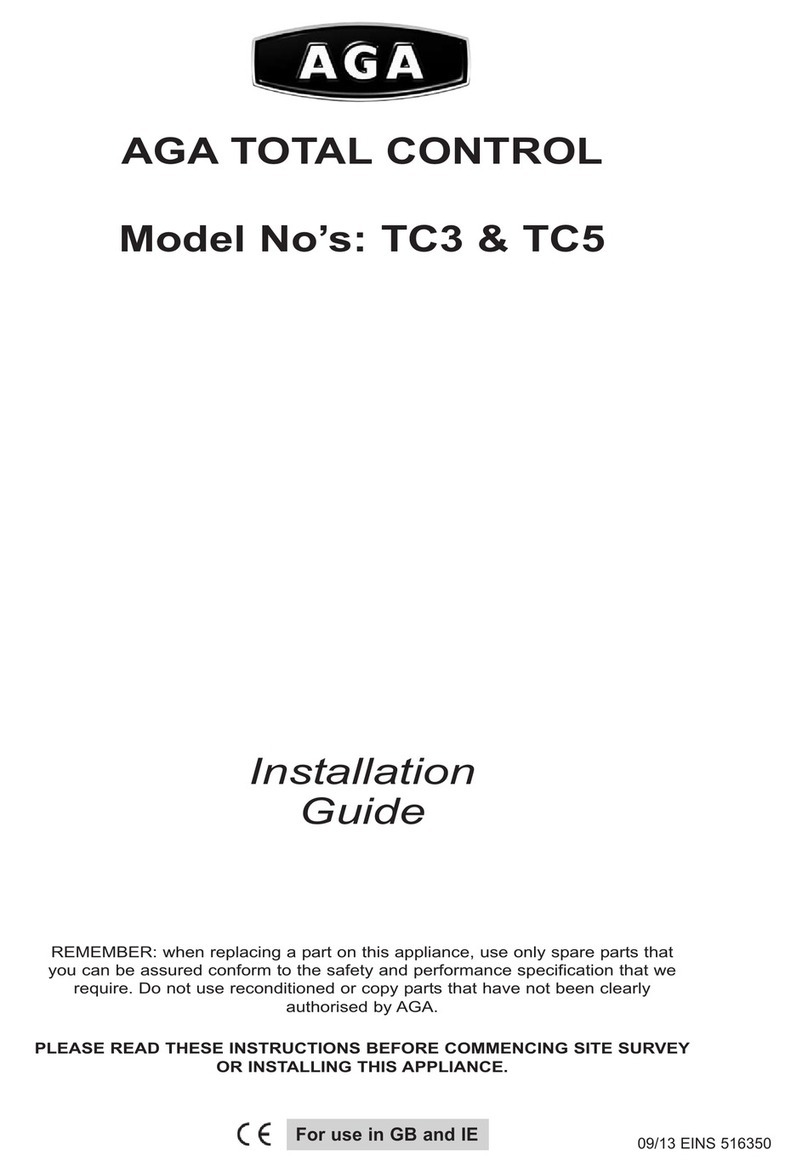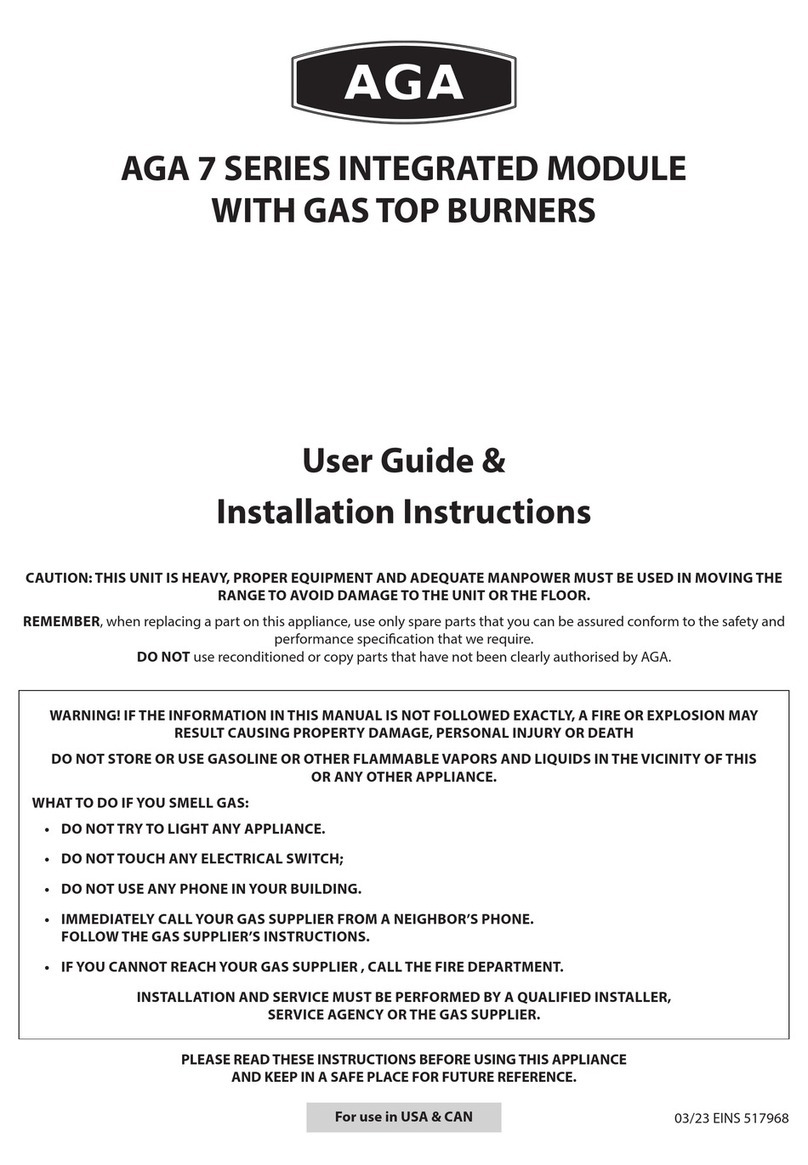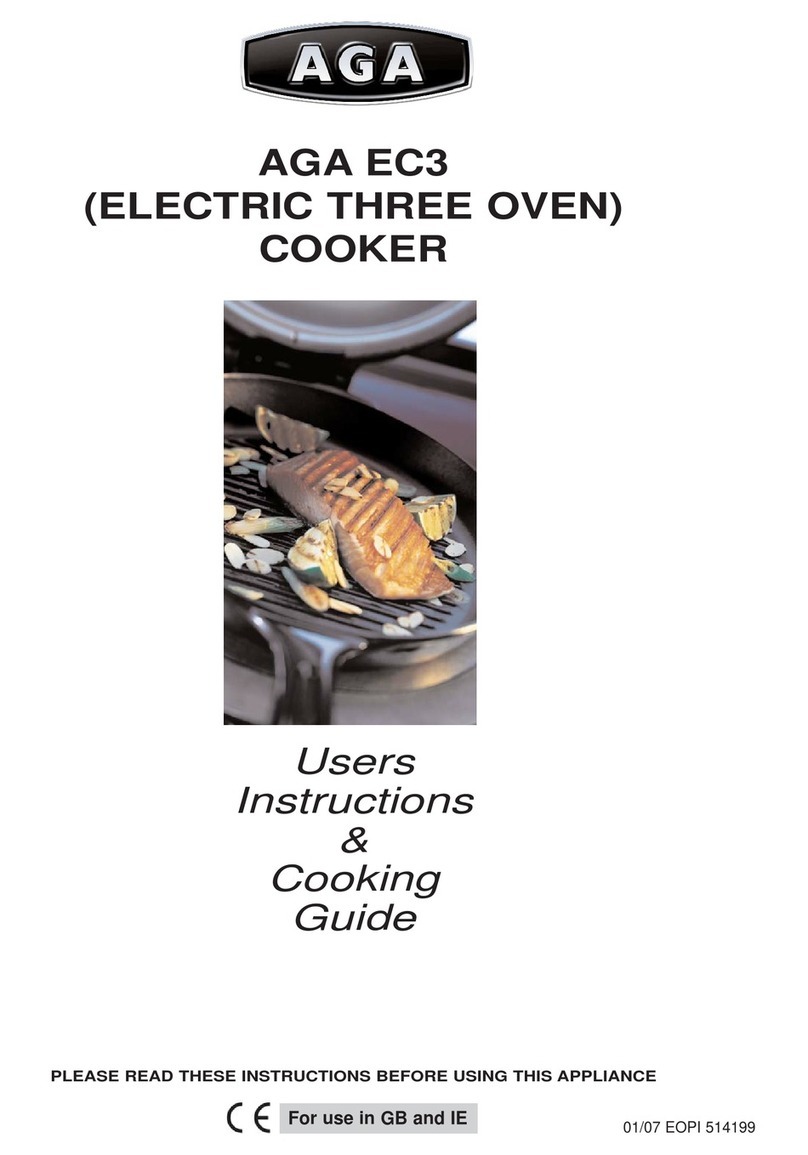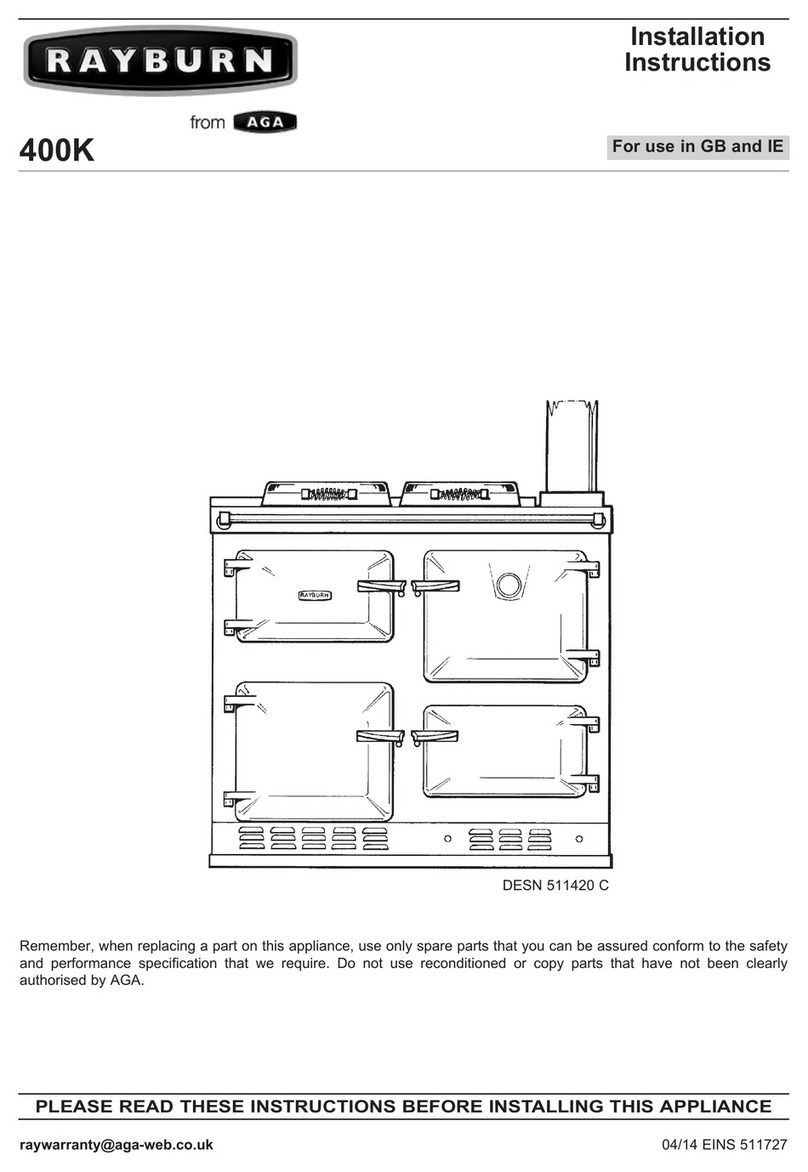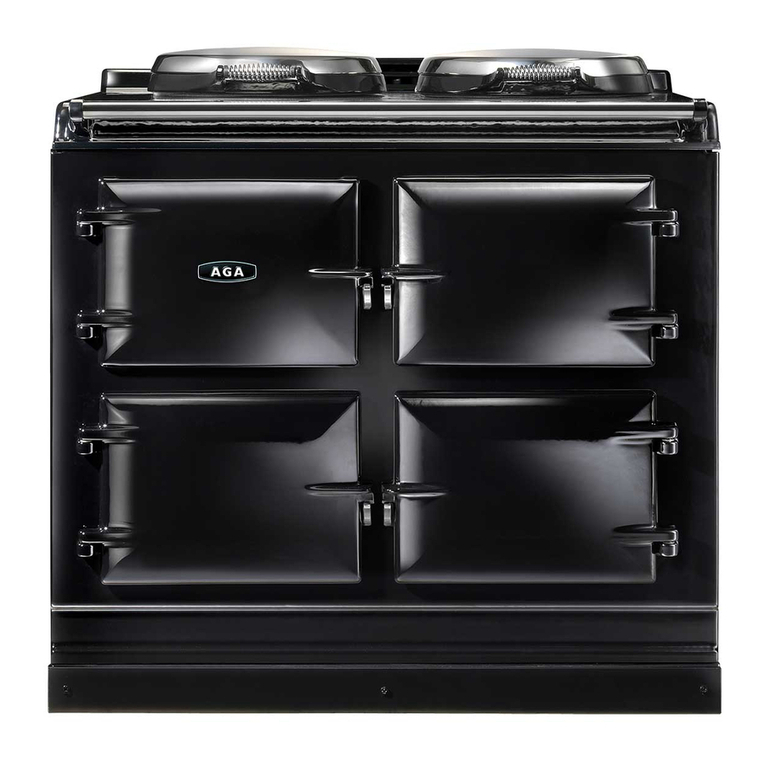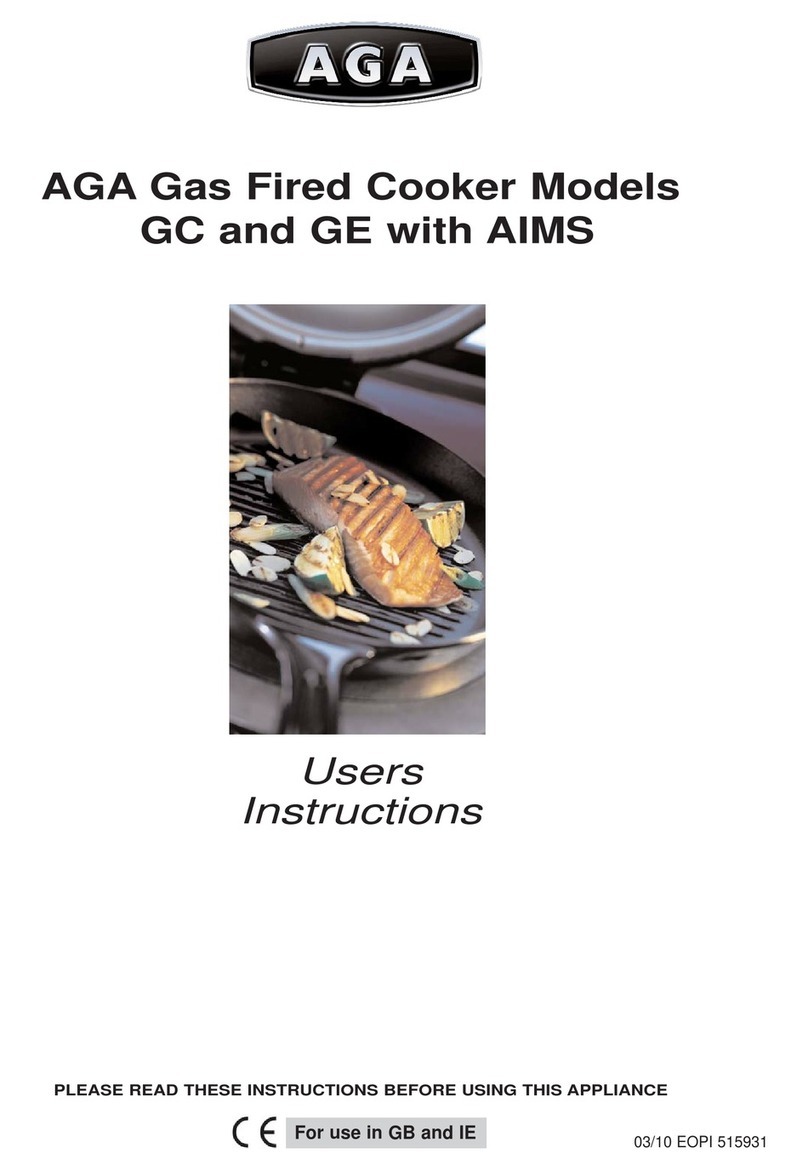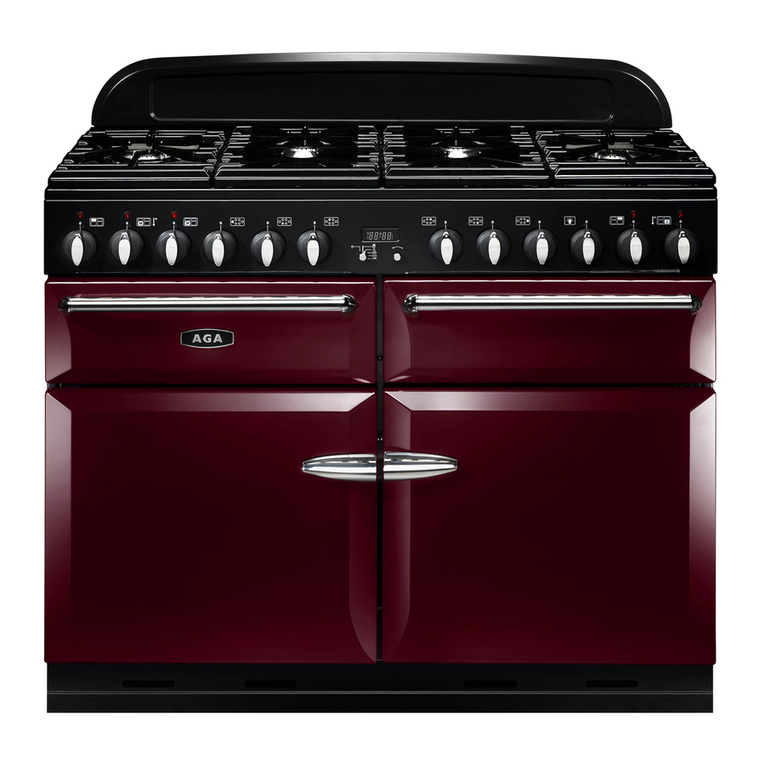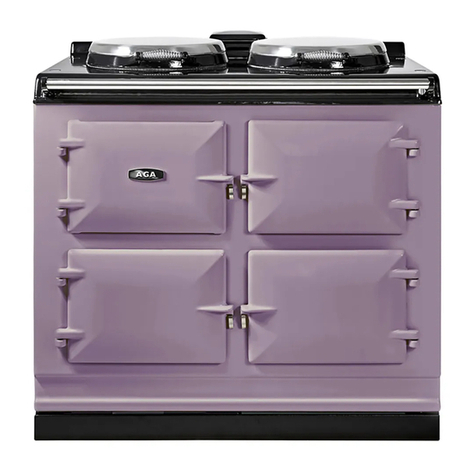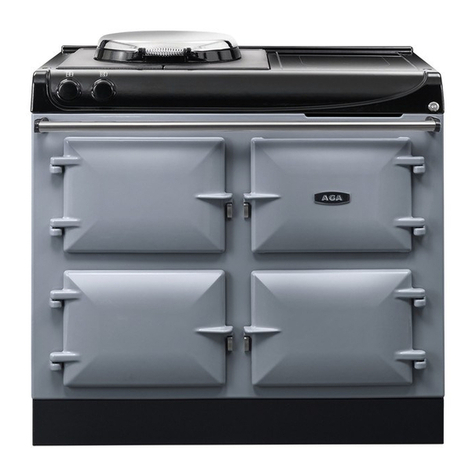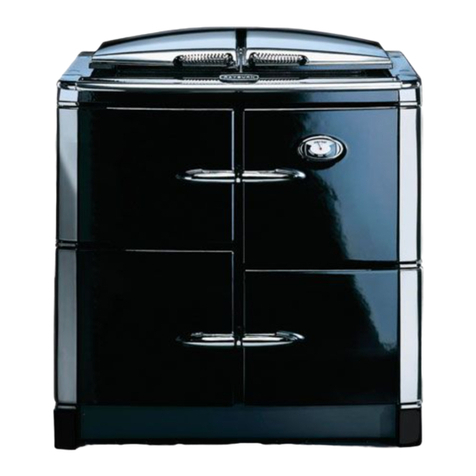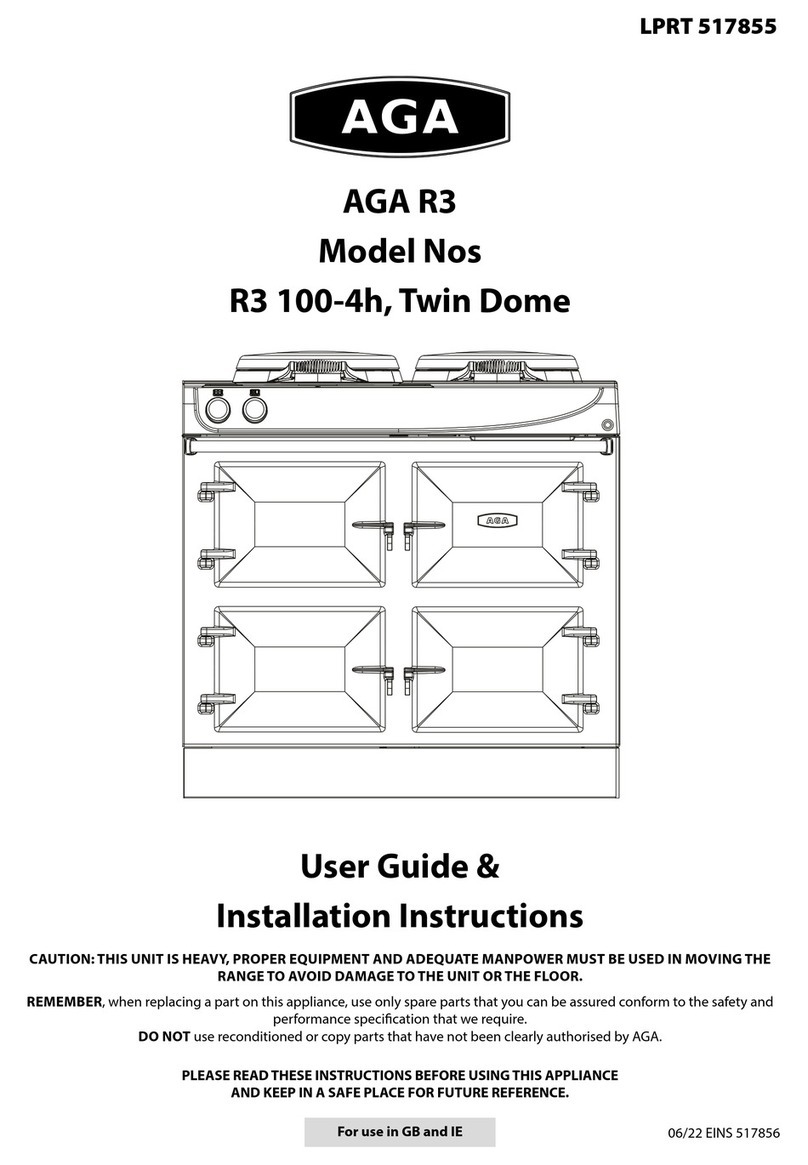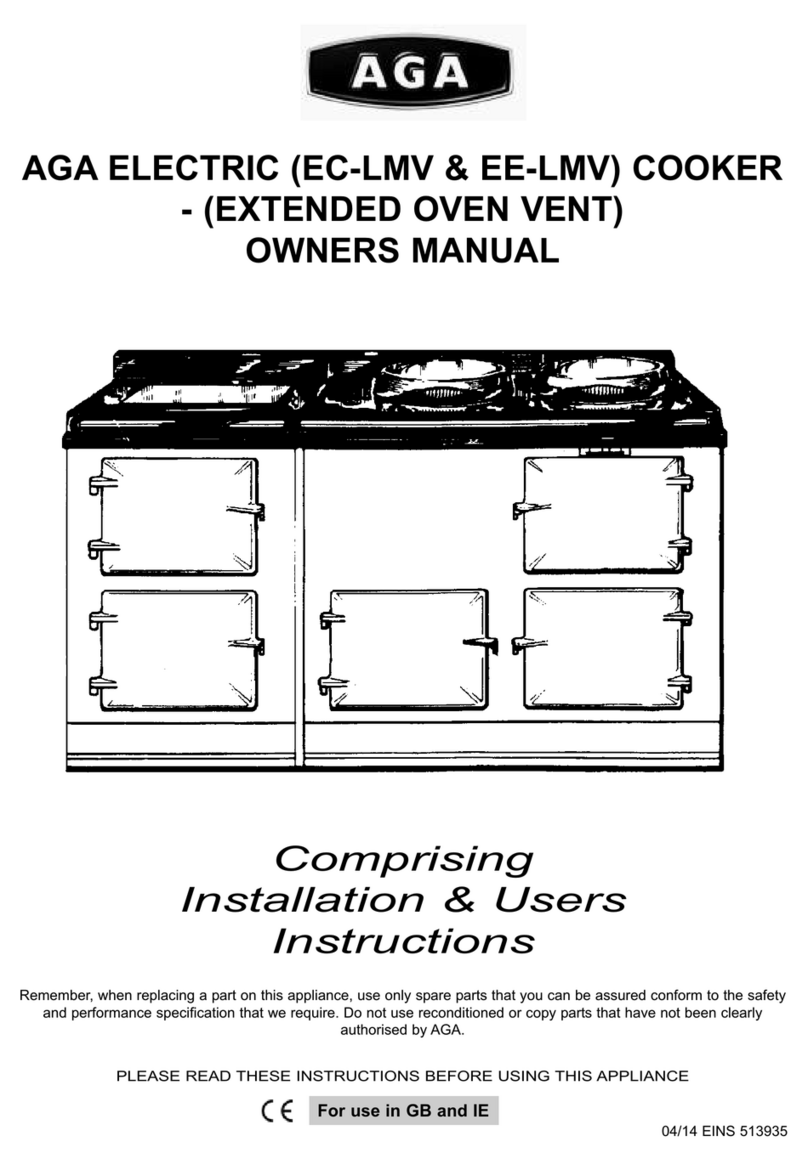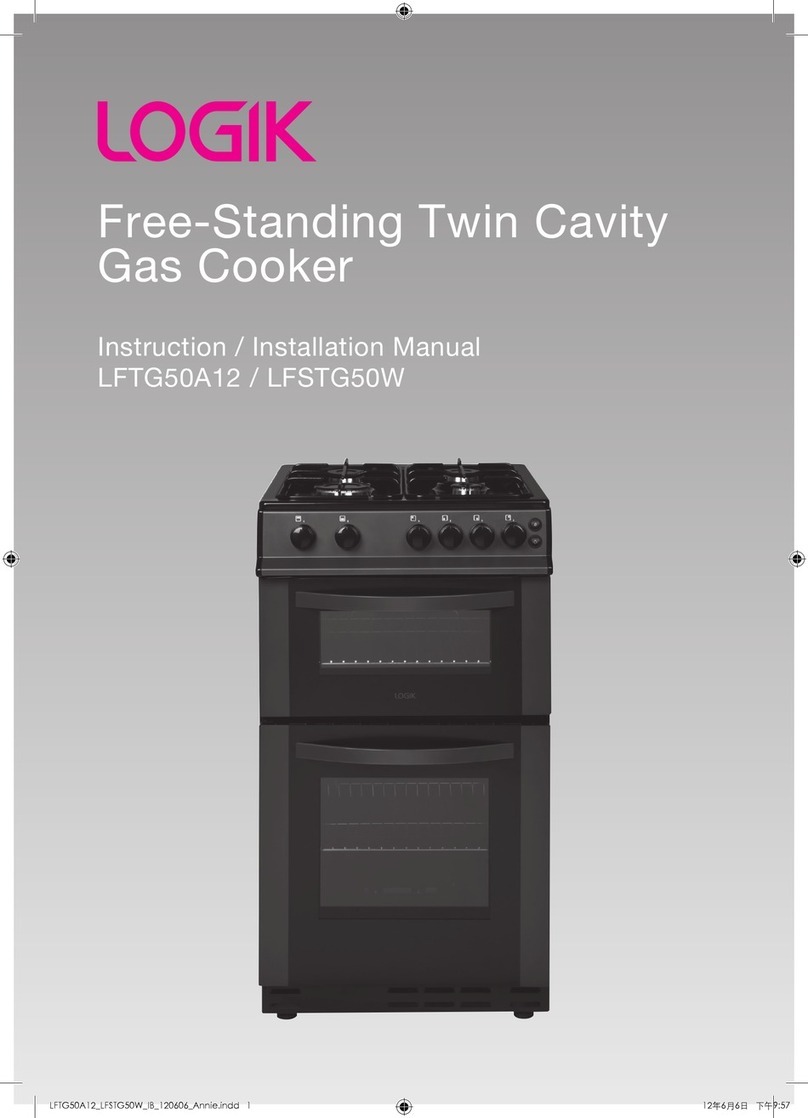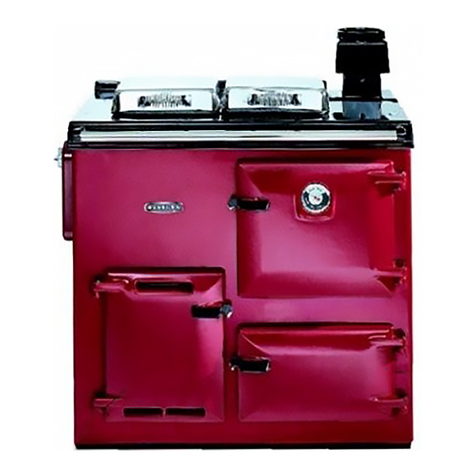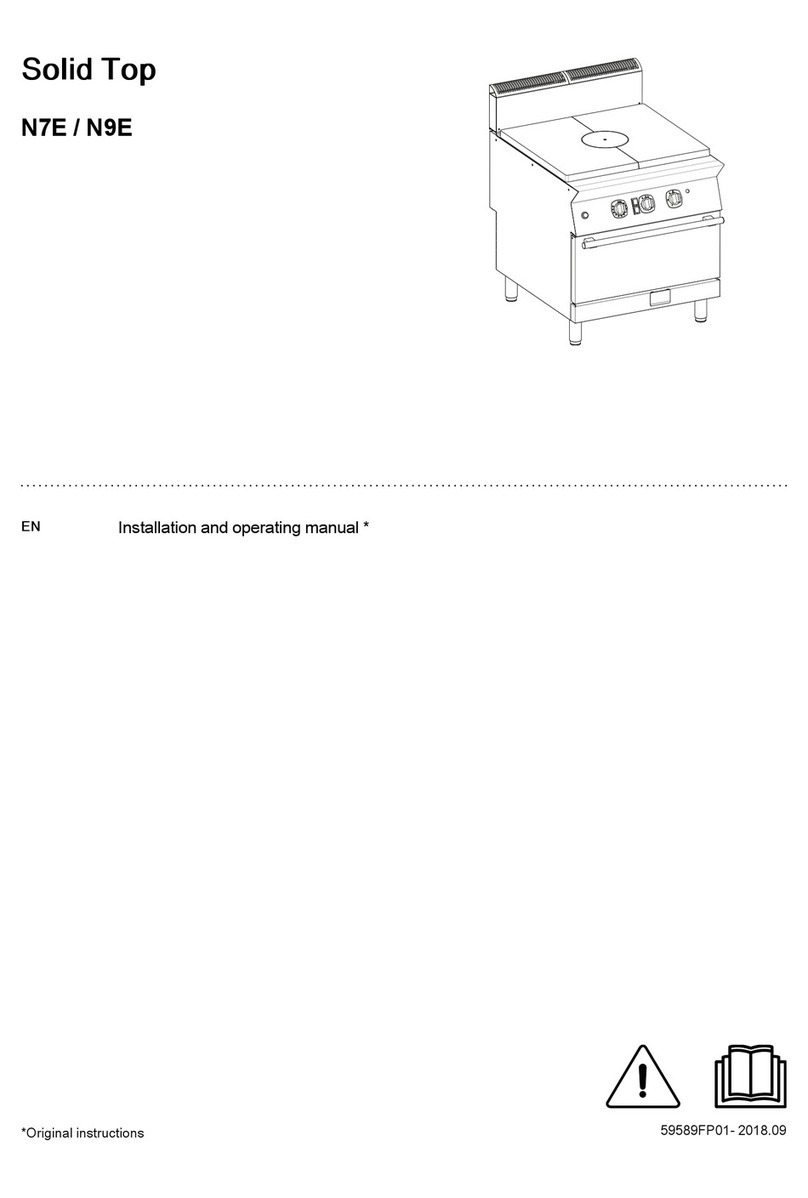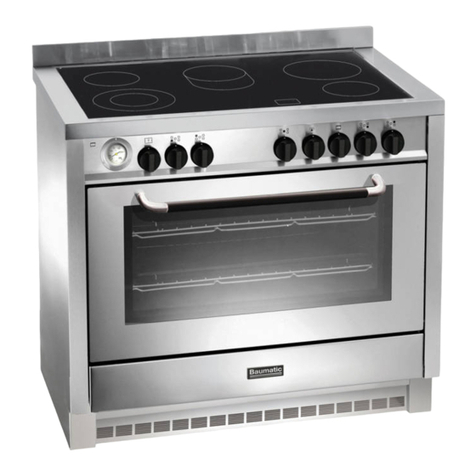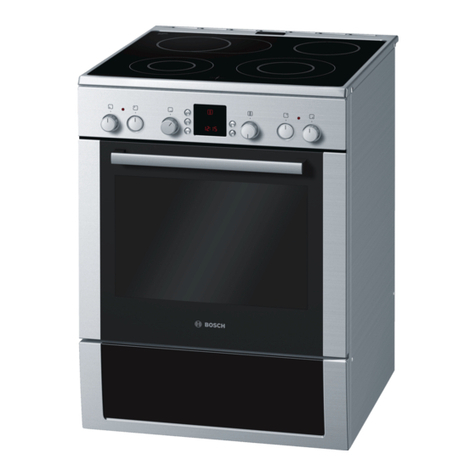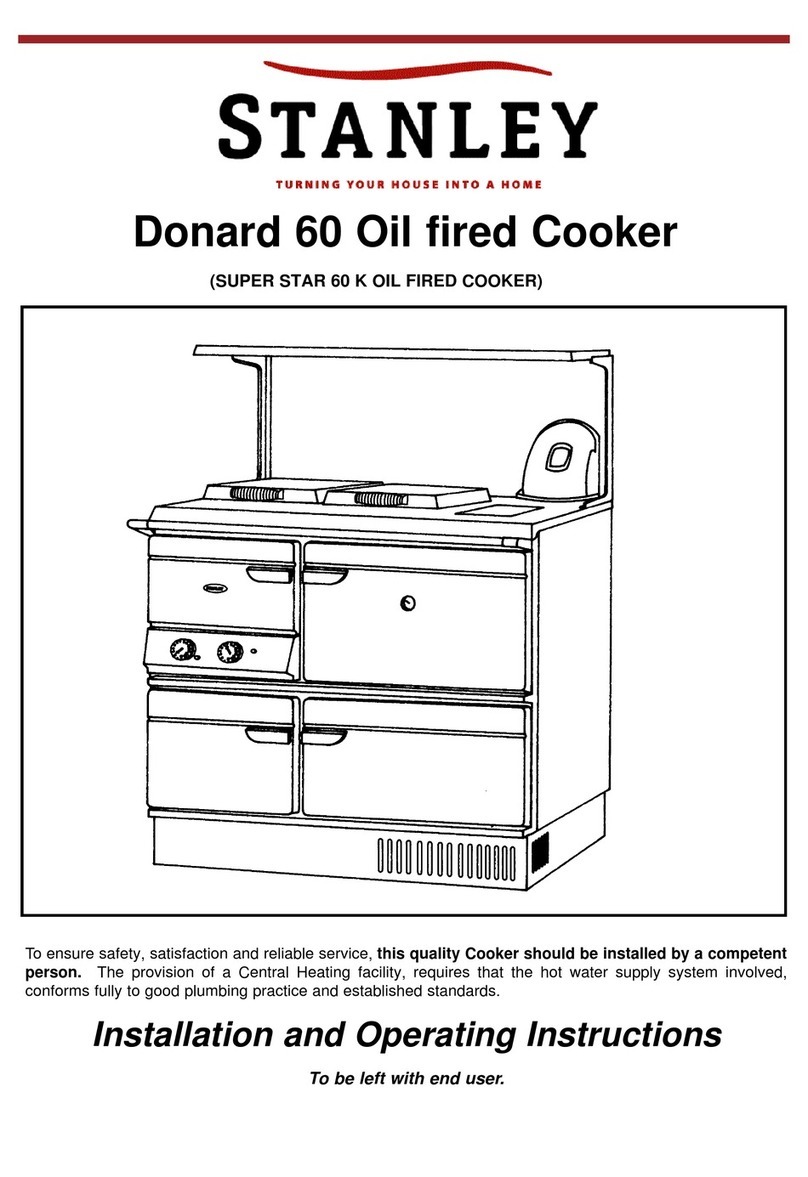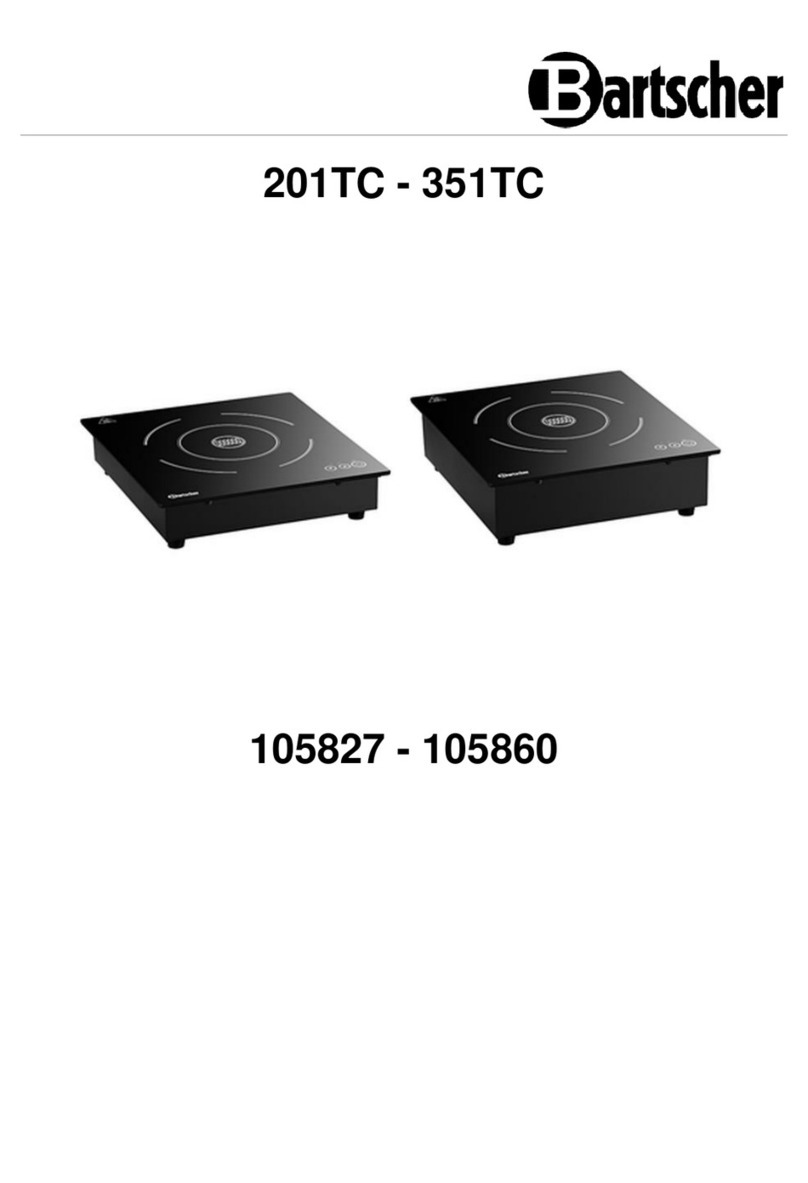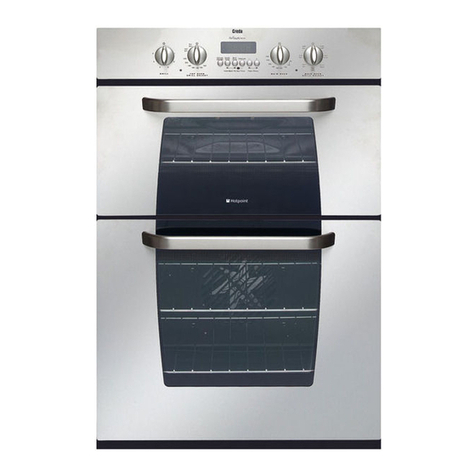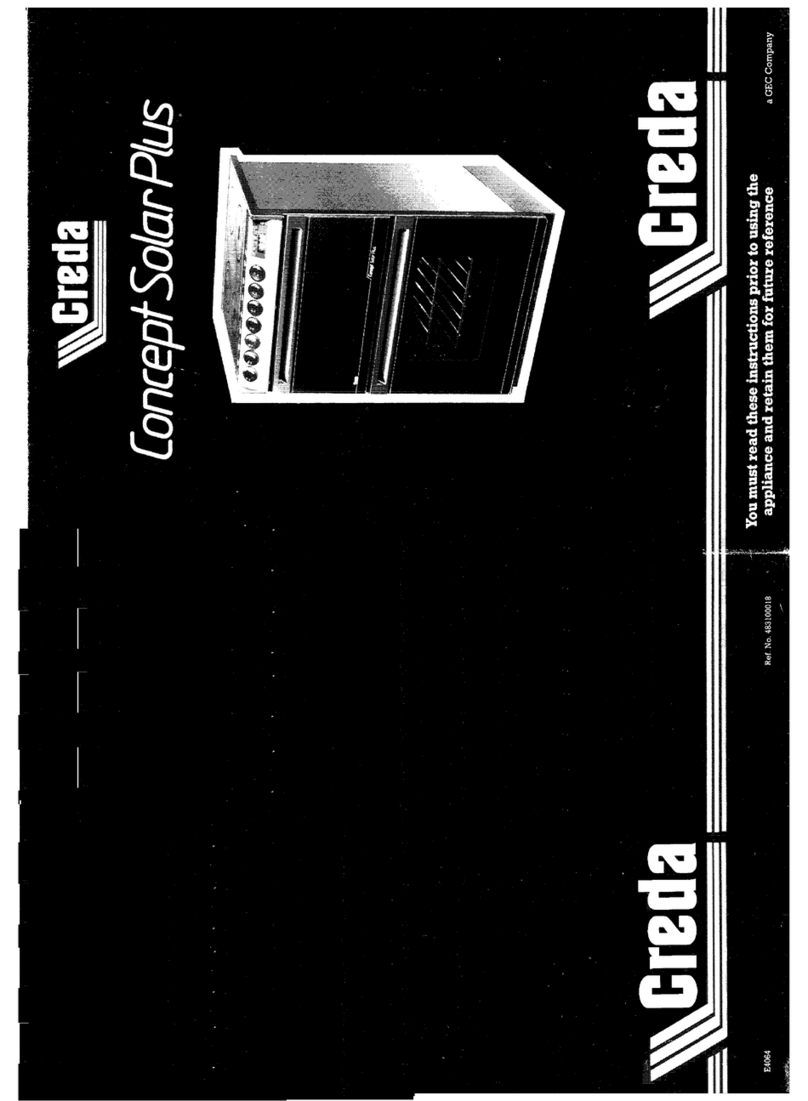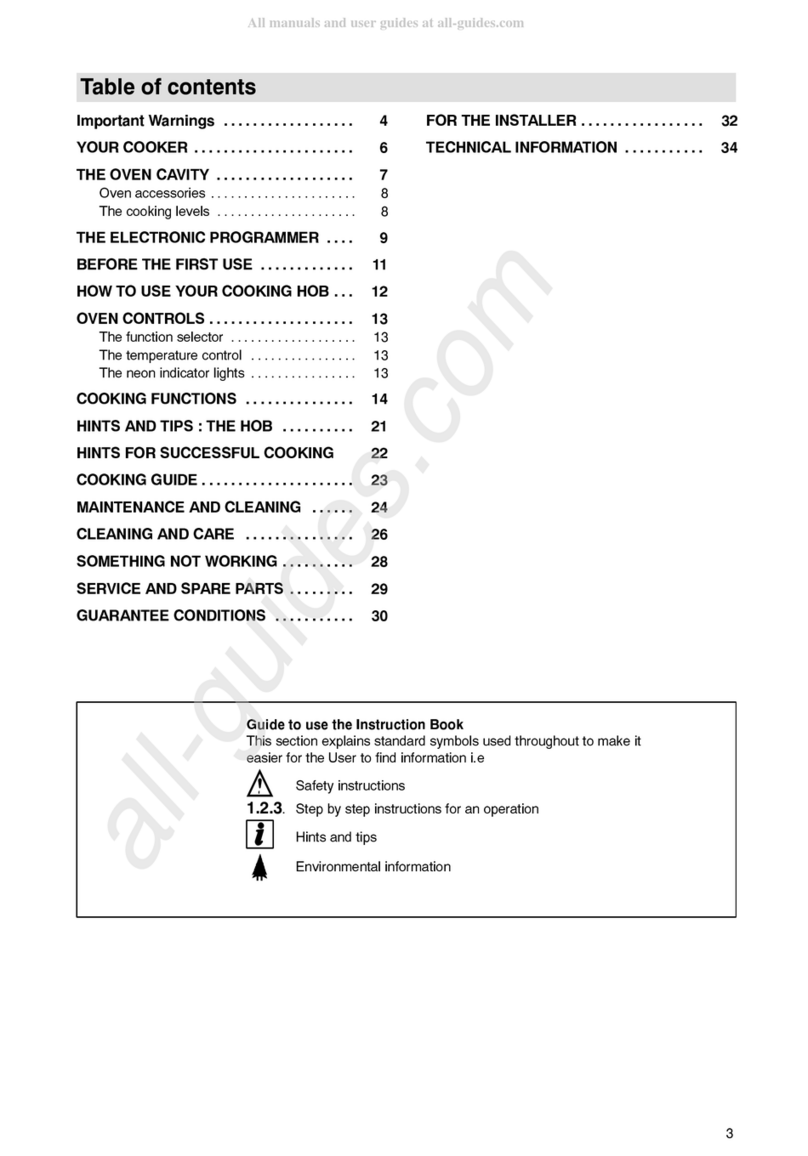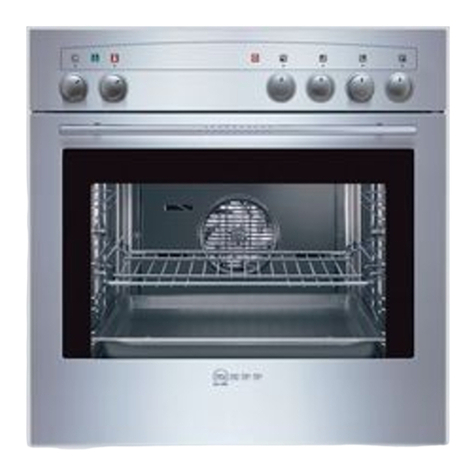The following points are intended to help during the change-over from a previous cooker to the
AGA. TheAGABook and the AGA new user guide video provide a very useful introduction to the
cooker.
After the AGA has been installed
When first switched on, the AGA will emit an odour for a short while. This is simply due to
protective oil burning off the hotplates. Wipe the inside of the lids whilst theAGA is heating up to
avoid a film of this oil being deposited on the inside of the lids. Also, condensation may occur on
the top and front plate whilst the AGA is heating up. This should be wiped away as soon as
possible.
For most effective operation of the cooker the following points should be carefully observed:
1. Close the insulating covers whenever the hotplates are not in use.
2. Clean the hotplates regularly with the wire brush.
3. Utensils with ground flat bases must be used to make perfect contact with the hotplates.
4. Have the cooker serviced at regular intervals by your AGA Specialist.
5. Take care when closing the oven doors, to lift them on to the catch.
6. Cook as much as possible in the ovens, so that heat is conserved and cooking smells and
condensation are reduced.
The Roasting Oven can also be used for ‘grilling’ at the top and shallow ‘frying’ on the oven floor.
Keep the insulated covers down when the hotplates are not in use so that the heat stored in the
cooker is conserved.
zFor optimum cooking performance, use the AGA utensils and cast iron cookware. They
have thick ground bases which give the best contact with the hotplates.
zThe AGA pans can be stacked in the Simmering Oven. This is especially useful for
steaming vegetables and keeping sauces warm.
zStore the Plain Shelf out of the AGA. Use it cold in the Roasting Oven to deflect the heat
from the top of the oven, creating a more moderate oven temperature underneath. It can
also be used as a baking sheet.
zA guide to AGA cooking is given on Page 10. Ask the AGA Specialist for an invitation to an
AGA demonstration.
OPERATING THE AGA
6
